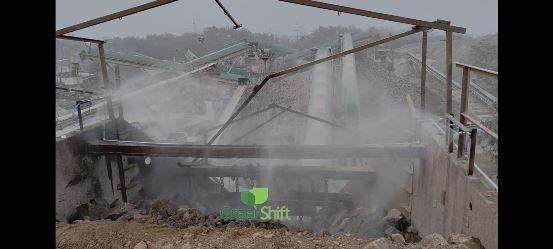Dust suppression systems are essential in controlling dust and particulate matter in various industrial settings. These systems utilize a range of techniques and technologies to minimize airborne dust, thereby improving air quality and worker safety.
One common method is the use of water spray systems. These systems deploy fine mist or spray to capture dust particles and prevent them from becoming airborne. They are particularly effective in environments such as mining operations, construction sites, and material handling areas. The water helps to weigh down dust particles, making them easier to manage and reducing the risk of respiratory issues among workers.
Another technique involves the use of chemical dust suppressants. These products are designed to bind dust particles together, forming a crust or coating that prevents them from becoming airborne. Chemical suppressants can be applied in liquid form and are often used in conjunction with other dust control methods for enhanced effectiveness.
Additionally, dry fog systems offer a highly efficient dust suppression solution. These systems generate ultra-fine water droplets that create a fog-like mist, which captures and settles dust particles without creating excess moisture. Dry fog systems are ideal for environments where added moisture could be problematic, such as in certain manufacturing processes or facilities handling sensitive materials.
The benefits of dust suppression systems extend beyond improving air quality. They also contribute to enhanced safety by reducing slip hazards caused by dust accumulation, minimizing equipment wear and tear, and ensuring compliance with environmental regulations. By implementing an effective dust suppression system, industries can create a safer, healthier work environment and improve overall operational efficiency.

